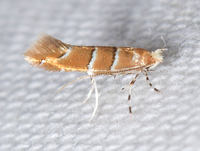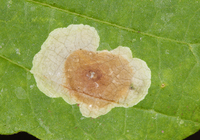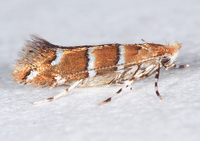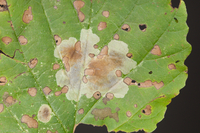
| Recorded by: Jim Petranka, Marilyn Westphal and Becky Elkin on 2025-08-17
Henderson Co.
Comment: Occupied mine was in Witch-hazel. | 
| Recorded by: Jim Petranka and Becky Elkin on 2024-08-21
Yancey Co.
Comment: |
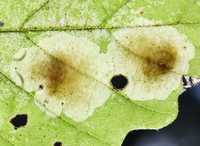
| Recorded by: Jim Petranka and Becky Elkin on 2024-08-21
Yancey Co.
Comment: | 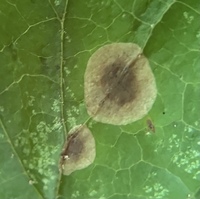
| Recorded by: Ken Kneidel on 2024-08-14
Yancey Co.
Comment: |
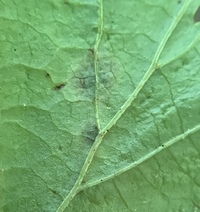
| Recorded by: Ken Kneidel on 2024-08-14
Yancey Co.
Comment: | 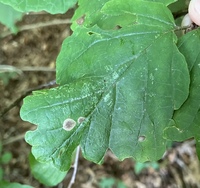
| Recorded by: Ken Kneidel on 2024-08-14
Yancey Co.
Comment: |

| Recorded by: David George, Jeff Niznik, Patrick Coin, Steve Hall, Carol Tingley, Tom Howard on 2024-07-27
Chatham Co.
Comment: | 
| Recorded by: David George, Jeff Niznik, Patrick Coin, Steve Hall, Carol Tingley, Tom Howard on 2024-07-27
Chatham Co.
Comment: |

| Recorded by: Tracy Feldman on 2024-07-25
Chatham Co.
Comment: | 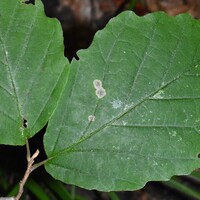
| Recorded by: David George, Stephen Dunn, Jeff Niznik on 2023-08-18
Caswell Co.
Comment: |
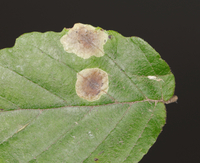
| Recorded by: Jim Petranka and Becky Elkin on 2023-08-16
Macon Co.
Comment: | 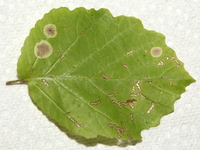
| Recorded by: David George, Stephen Dunn on 2023-08-12
Caswell Co.
Comment: |

| Recorded by: Jim Petranka, Becky Elkin and Bo Sullivan on 2023-08-09
Ashe Co.
Comment: | 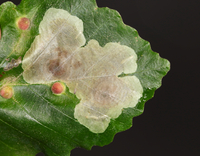
| Recorded by: Jim Petranka, Becky Elkin and Bo Sullivan on 2023-08-09
Ashe Co.
Comment: |
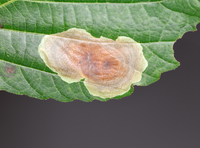
| Recorded by: Jim Petranka, Becky Elkin and Bo Sullivan on 2023-08-09
Ashe Co.
Comment: | 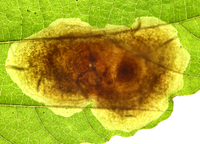
| Recorded by: Jim Petranka, Becky Elkin and Bo Sullivan on 2023-08-09
Ashe Co.
Comment: |
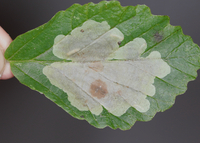
| Recorded by: Jim Petranka, Becky Elkin and Bo Sullivan on 2023-08-08
Wilkes Co.
Comment: | 
| Recorded by: Jim Petranka and Becky Elkin on 2023-08-01
Buncombe Co.
Comment: Occupied mines were common on Persian Ironwood (Parrotia persica); in the same family as Witch-hazel that is used here in the eastern US. Charley Eiseman has also observed this species using Parrotia persica. |
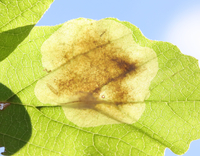
| Recorded by: Jim Petranka and Becky Elkin on 2023-08-01
Buncombe Co.
Comment: Occupied mines were common on Persian Ironwood (Parrotia persica); in the same family as Witch-hazel that is used here in the eastern US. Charley Eiseman has also observed this species using Parrotia persica. | 
| Recorded by: Jim Petranka on 2022-10-09
Buncombe Co.
Comment: |
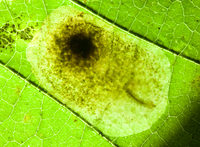
| Recorded by: Jim Petranka on 2022-10-09
Buncombe Co.
Comment: | 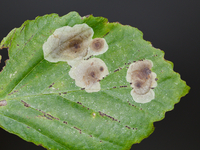
| Recorded by: Jim Petranka and Becky Elkin on 2022-09-15
Avery Co.
Comment: |
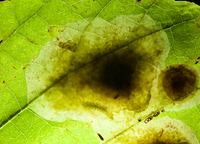
| Recorded by: Jim Petranka and Becky Elkin on 2022-09-15
Avery Co.
Comment: | 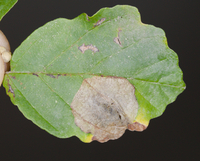
| Recorded by: Jim Petranka and Becky Elkin on 2022-09-15
Caldwell Co.
Comment: |
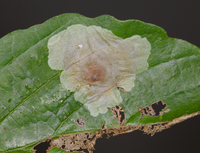
| Recorded by: Jim Petranka on 2022-09-08
Yancey Co.
Comment: | 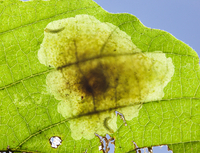
| Recorded by: Jim Petranka on 2022-09-08
Yancey Co.
Comment: |
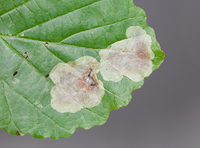
| Recorded by: Jim Petranka and Becky Elkin on 2022-08-09
Watauga Co.
Comment: | 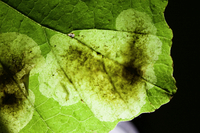
| Recorded by: Jim Petranka and Becky Elkin on 2022-08-09
Watauga Co.
Comment: |

| Recorded by: tom ward on 2022-06-07
Buncombe Co.
Comment: | 
| Recorded by: tom ward on 2022-05-28
Buncombe Co.
Comment: |
|

 »
»